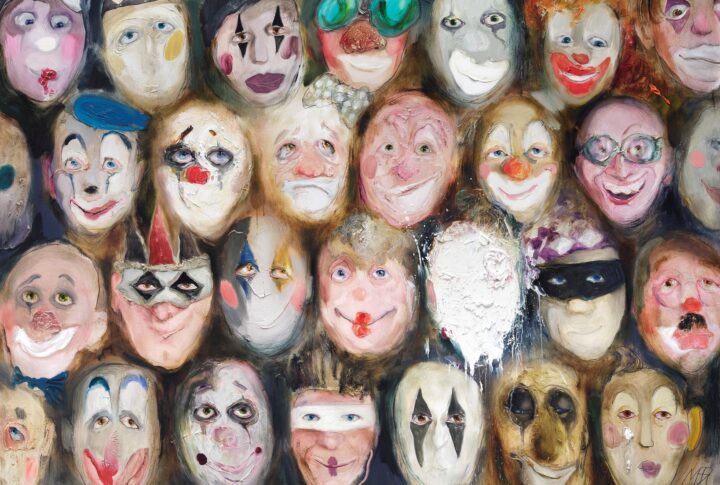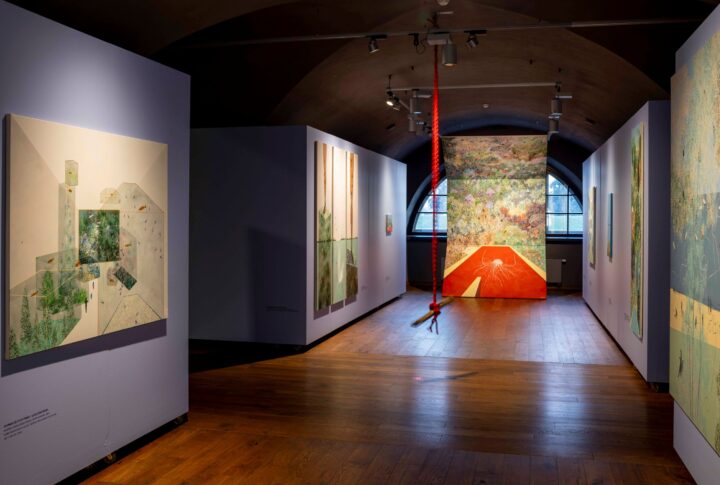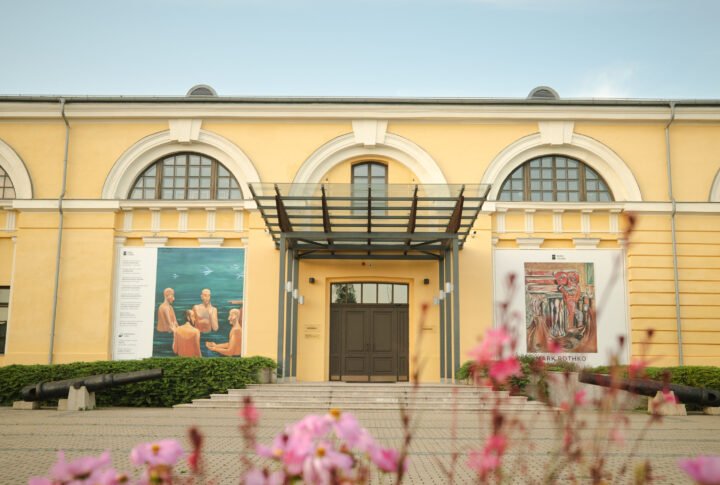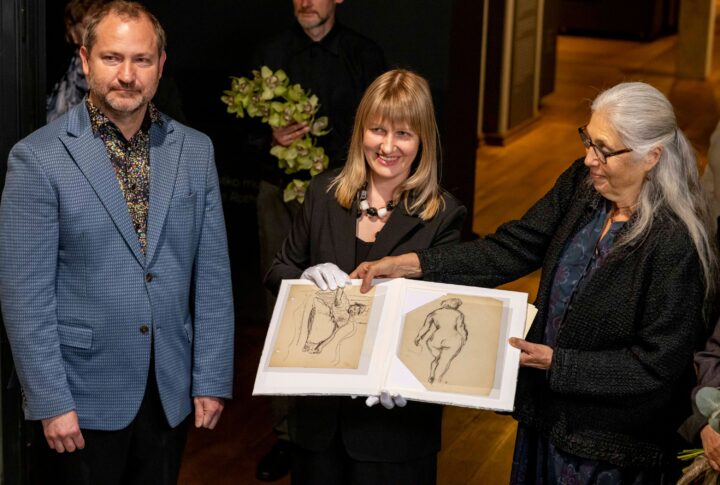ORDO MUNDI
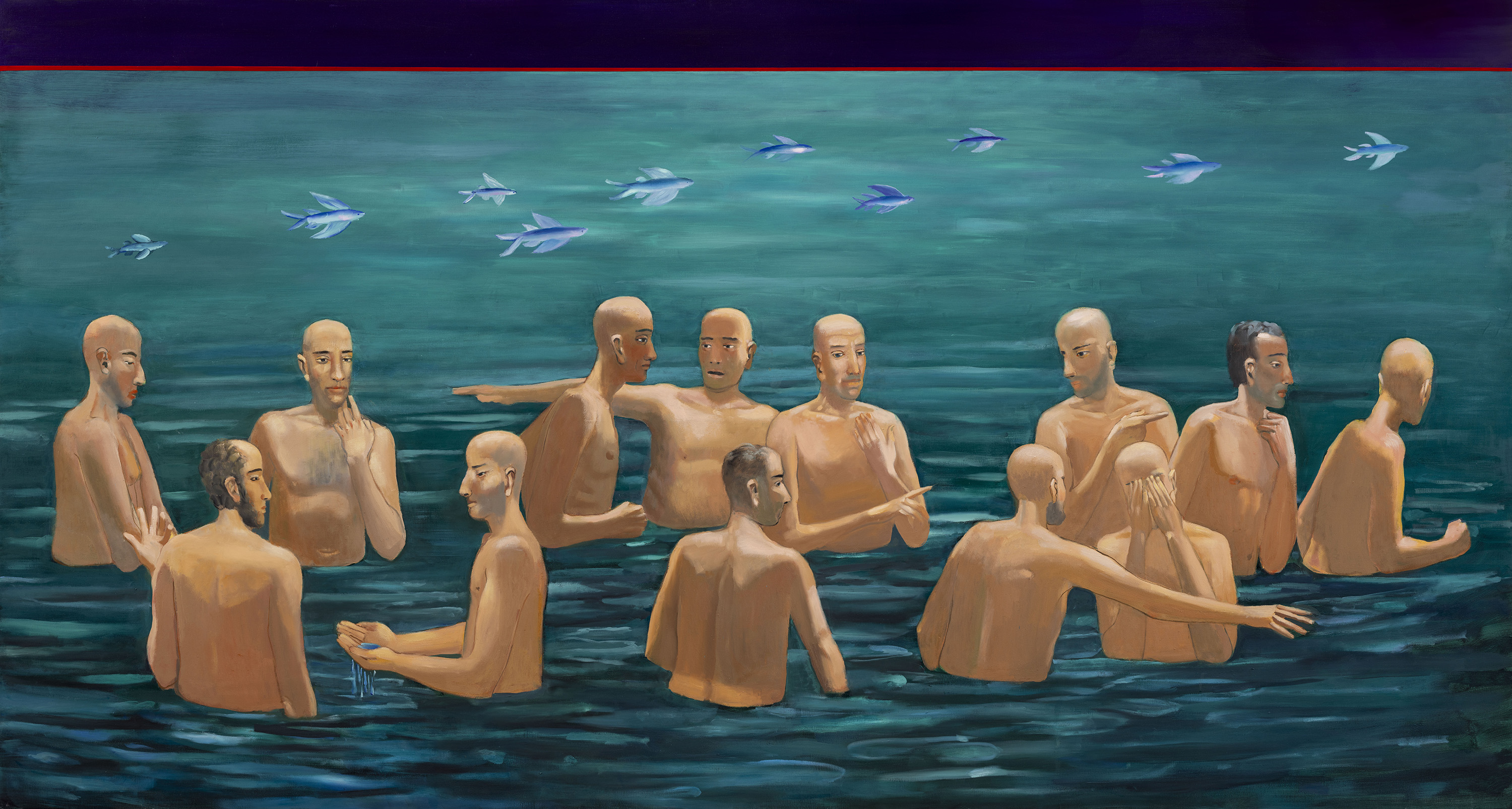
Kaspars Zariņš (Latvia)
Kaspars Zariņš stands out as a unique figure in contemporary Latvian art. A distinctive ability to integrate at least three significant artistic influences into a cohesive stylistic framework defines his oeuvre. This framework encompasses the harmonious principles of Renaissance artistry, the provocative and often disquieting “anti-art” narratives of Modernism, and the aesthetics that seek compromise in contemporary practice. Each facet of Zariņš’s work is simultaneously shaped by the academic traditions that informed his development as an artist and his personal intuition, which he holds in high regard. “I want to paint everything with colour,” he declares, thereby challenging the convention that expert colourists struggle to delineate form. He vehemently dismisses this notion: “That’s nonsense. Colour painting does not rule out the representation of depth, nor does form exclude the use of colour. It’s just that less accomplished artists simply fail to harmonise the two.”
With their intricate structure, Zariņš’s paintings spark reflections on multiple temporal dimensions. His works initially communicate in the language of chronos – a reflection on time that recalls the slow, contemplative pace of antiquity, where the narrative unfolds in a grand, timeless, and universal manner. There is a palpable sense that the artist grapples with cosmic themes, idealised realms, and common threads of human experience. However, a more detailed examination reveals that his art also resonates with kairos – the fleeting moment, the ephemeral nature of chance, and the playful spontaneity of immediate impulses that defy expectations. The artist’s application of colour is multifaceted. It operates within the same pictorial space as a narrative element, evident in representations such as clothing, petals, and wine. At the same time, it asserts itself as an abstract, physical presence among others. Through both formal structural aspects and narrative content, colour contributes to the atmosphere and substance of the work. This complexity results in a richness that borders on excess. As Zariņš articulates, “In terms of meaning, I aim to strike the note between the notes,” expressing a disdain for conventional opinions and aesthetic clichés and declaring a preference for “eccentric revelations”. The artist possesses a remarkable array of professional tools, employing these to create a distinctive and “eccentric” synthesis within his paintings. The rhythmic simplicity of his figures recalls Giotto, while his combinations of frontal and profile perspectives evoke elements of Ancient Egyptian art and Cubism. The imagery of flying fish conjures associations with the seraphim in Orthodox iconography, while the portrayal of water droplets mimics the haziness of Impressionism. The stark materiality of space pays homage to Fauvism, and the ironic subtexts of narrative firmly root his work in contemporary discourse.
“Ordo Mundi”, from Latin for “The Order of the World”, is organised into three thematic categories: fountains, flowers, and figurative groupings. The fountains are emblematic of spontaneity and unexpectedness; the floral compositions – designated as “Floral Still Life” – evoke the cyclical rhythms of nature along with the transient beauty of the moment; and the figurative groupings, labelled “Assemblies”, reflect the social rituals underpinning human interaction, revealing both our virtues and our flaws. While these themes may be interpreted as grand and symbolic, each contains an element of surprise that mirrors the unpredictable unfolding of events. Tellingly, the fountains in particular are spilling over with high-grade artistic deception. In terms of impact, this links them to Zariņš’s idiosyncratic alter ego – the “Pedant” – developed in the 1990s. The figure embodies contemporary tensions between revelation and concealment, declaration and silence, naïve, authentic joy and ironic affectation. The “Assemblies”, often depicted around tables or in pools, possess an intentional and provocative ambiguity, inviting interpretations akin to bureaucratic Last Suppers, where apparent stillness belies the complexities that have transpired out of sight. Conversely, the flower paintings exude a harmony reminiscent of classical ideals, coupled with an underlying longing for beauty imbued with subtle Oriental stylisation. That said, in “Ordo Mundi”, we are afforded a glimpse into the synthetic capabilities of Zariņš’s artistic practice – a convergence of professional methodologies that have evolved over centuries if not millennia.
“A dirty wall or a stained floor is a random reality of life – it is not painting by its very nature. Painting is a deliberate act,” Zariņš insists. In each of his works, what may initially appear as a singular field of colour gradually reveals itself as an elaborate layering of nuanced tones and harmonious combinations immediately identifiable as the author’s signature style. He employs colour as an expressive lexicon, projecting chromatic narratives onto structural frameworks. In the “Assemblies”, the backdrop is rendered in five distinct shades of red: the elegant Japanese Rouge, the translucent Naphthol Red Deep, the warm Deep French Red, the pink-hued Bright Red, and the softly milky Persian Rose. Similarly, the “Floral Still Life” encompasses the misty blue-green Viridian, the lighter Phthalo Viridian, the rich Imperial Green, the lush Sap Green, the punchy Vert Moyen, and the subdued Green Shade. Within these nuanced selections lies Zariņš’s exploration of the sensual pleasures of painting, while simultaneously articulating a universal language.
Zariņš’s artwork resonates with the qualities reminiscent of ancient artistry, imbued with a sense of collective consciousness. His narrative transcends the personal, emerging as a story of universal resonance, infused with an element of timelessness and an air of eternity. When probed regarding his inclination to place his art within such enduring frameworks, the artist responds, “I’m not particularly interested in the issue of personal trauma – if we may call it that. I’m interested in subjectivising the objective.”
Kaspars Zariņš (b. 1962) is a Professor at the Art Academy of Latvia, and “Ordo Mundi” is his first solo exhibition at the Rothko Museum.
Inga Šteimane, the exhibition’s curator
The exhibition is on view at the Rothko Museum from 30 May to 17 August 2025.
Publicity image: Kaspars Zariņš. “Assembly I”. Oil on canvas. 150 x 280 cm. 2025


